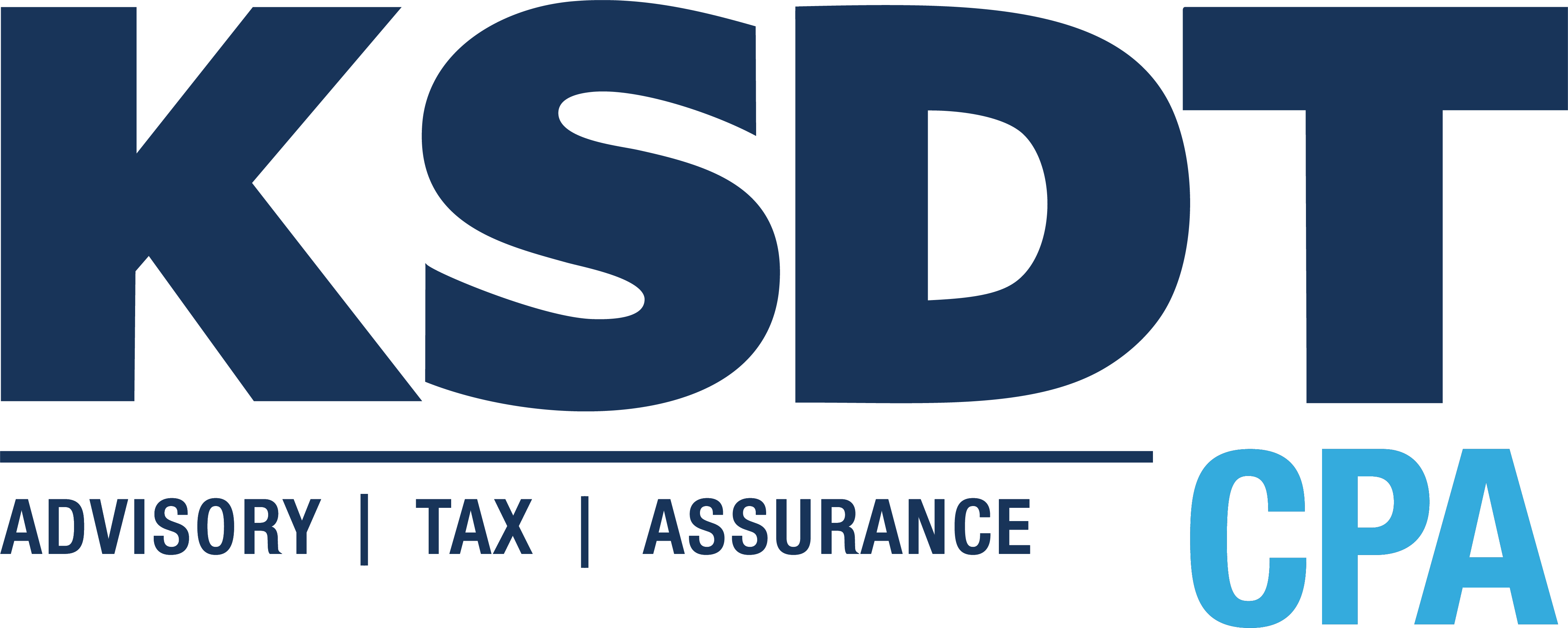Do you have employees who need to work together as a team? Or perhaps you need to work as a team with your customers and vendors. When people of different backgrounds get together for a common goal, there are often four stages they go through before they become a true team or family. Read more
Four Stages of Teams
In 1965, Bruce Tuckman noted that there are four stages in which teams evolve: forming, storming, norming, and performing. Two goals are crucial for teams:
- To reach the optimal stage, performing.
- To build trust, respect, and open communication during all four stages of the process.
Forming
In the forming stage, team members begin to get to know each other and what their goals are. This is a good time for the team to set ground rules that cover how often the team should meet, how they should communicate, and what their objectives will be. This is an ideal time for the team to assess their strengths and challenges.
Storming: Team Conflict
In the storming stage, conflict begins. The diverse points of view of each team member present as team conflict. Team members need some tools in this stage to avoid clashing egos and turf wars. Have team members actively listen to other team members’ viewpoints to better negotiate through the problem-solving the group needs to perform in order to get their goals met.
Don’t let a team get stuck in this stage because emotions that simmer under the surface will blow up.
Both active listening and assertiveness training are great tools to help teams learn how to manage the conflict and work through the issues that come up during the storming stage. Employees also need to learn how to deliver feedback and bad news in an effective, non-threatening way.
Norming: Becoming Complacent
The third stage of teambuilding is norming. In this stage, team members can become complacent and agree with the group to avoid conflict. The leader must challenge the group not to fall into this type of groupthink, which results in terrible decisions.
Performing: The Optimal Stage
In the final stage of teambuilding, performing, the group has found their synergy. They perform at their highest productivity and quality. They have built trust among team members to get the job done constructively and without personal conflict.
Which stage is your team in? Knowing the natural stages will help you move your team to the optimal stage, performing.
